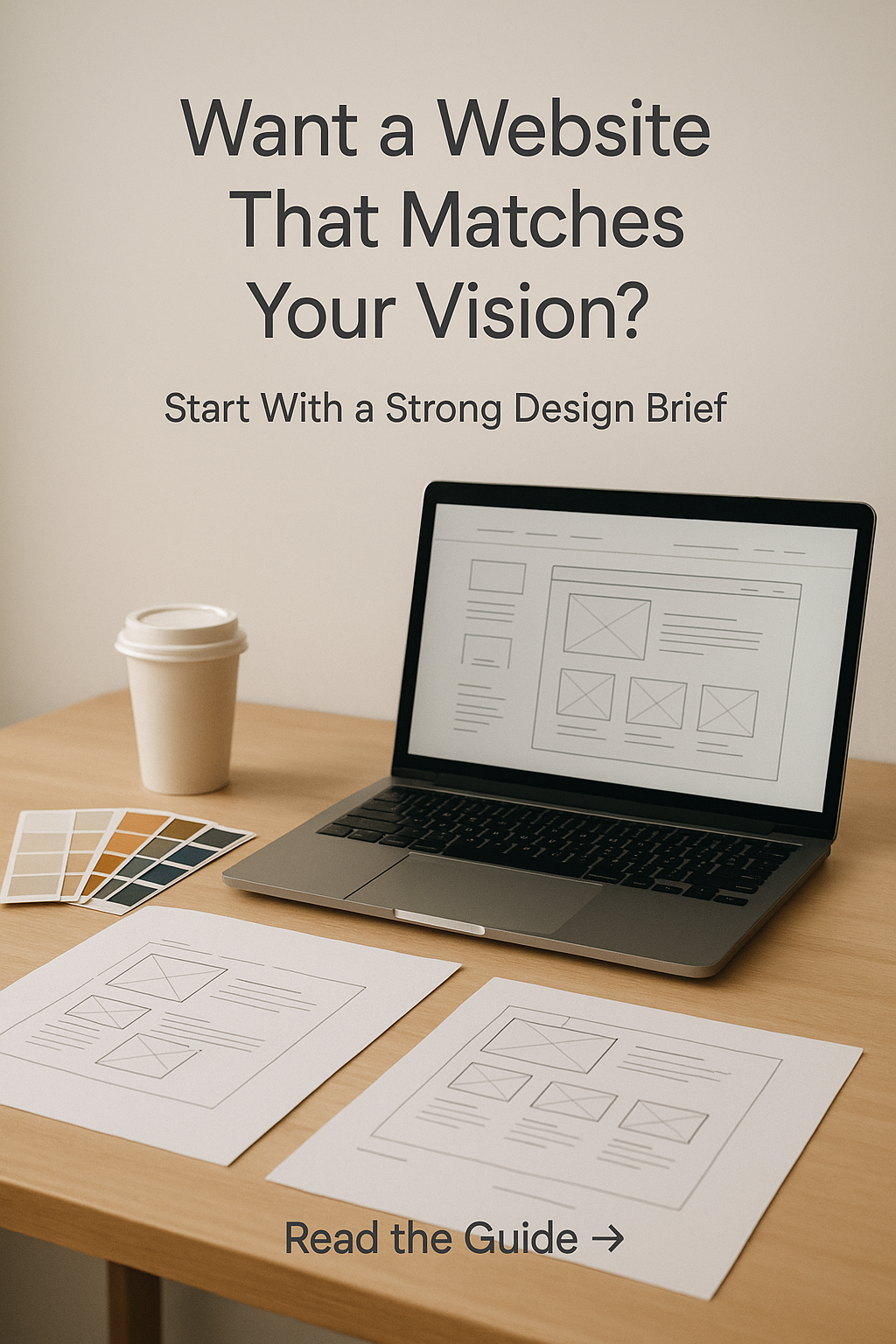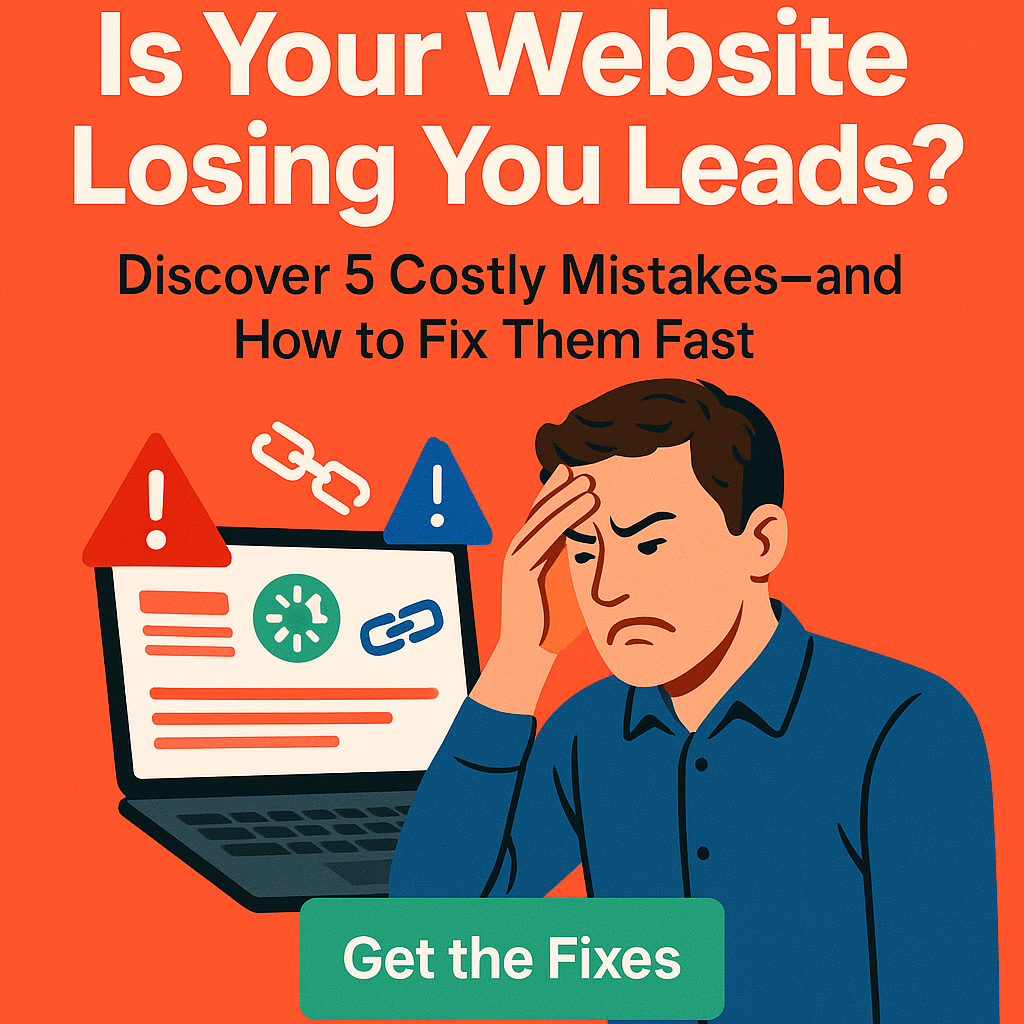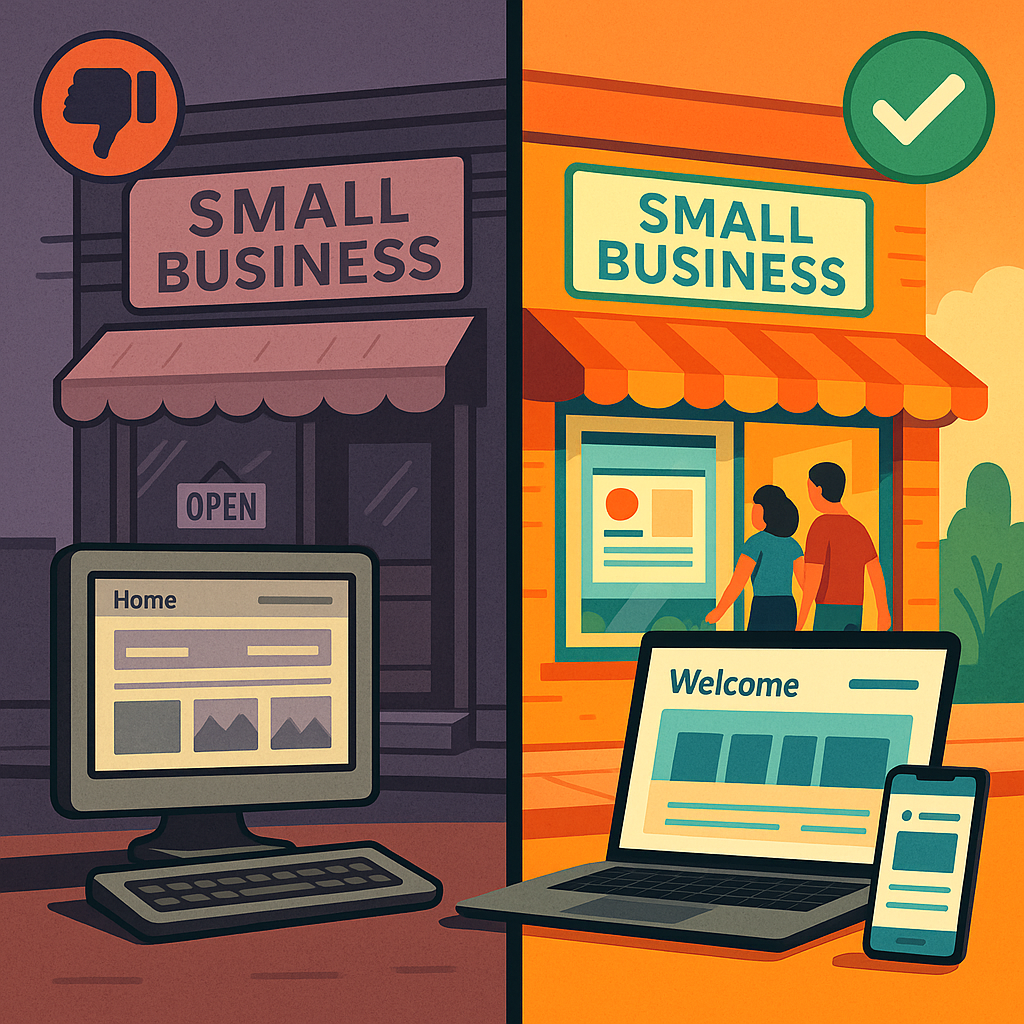The Secrets to a Successful Web Design Brief: Getting the Look You Want
Author
JP Plankinton
Date Published

Crafting a great website starts with a clear, thoughtful brief. As a designer, my goal is to bring your vision to life—not just with aesthetics, but with functionality and purpose. Here’s how you can help us get there together:
1. Share Your “Why”
Start with the purpose of your website. Are you selling a product, attracting new clients, showcasing a portfolio, or building a community? Your goals shape everything from layout to user experience.
Tip: A simple sentence like “I want to convert more visitors into signups” is more valuable than a vague “Make it modern.”
2. Show, Don’t Just Tell
Words like “clean” or “bold” can mean different things to different people. Instead, share visual examples:
- Websites you like—and why
- Colors, fonts, or logos you admire
- Mood boards or Pinterest collections
Tip: Even sharing what you don’t like is helpful. Clarity helps avoid costly revisions later.
3. Define Your Audience
Knowing who the site is for helps guide tone, structure, and style. Are they:
- Busy professionals?
- Young creatives?
- Non-native English speakers?
Tip: Include insights like what your audience cares about or what frustrates them online.
4. Be Honest About Your Brand
If you already have a logo, brand colors, or voice guidelines—great. If not, just let me know where you are in the process. It’s okay to be evolving.
Tip: A short paragraph about what your brand stands for goes a long way in aligning the design with your identity.
5. Think Beyond the Homepage
List the pages you’ll need (e.g., About, Services, Contact, Blog), and what each page should accomplish. If you’re not sure, I’ll help guide you.
Tip: Let me know if you need future-proofing for features like e-commerce, booking systems, or newsletter signups.
6. Share Your Timeline and Budget
Knowing your deadline and budget helps me recommend the best design solutions without compromising quality.
Tip: If you’re flexible, say so—it opens up more creative possibilities.
7. Tell Me What Success Looks Like
What does a “successful” website mean to you? More leads? More purchases? More newsletter signups? Setting this benchmark early helps us measure impact.
Final Thought: It’s a Collaboration
A strong brief is the first step in a creative partnership. You don’t need to know design jargon or have everything figured out—that’s what I’m here for. My job is to translate your ideas into something beautiful and effective.
The more open and detailed your brief, the closer we’ll get to the design you’ve been imagining (and beyond).

Here are 5 common website mistakes that cause small businesses to lose potential leads, along with how a professional web designer can solve each one

If you're not online, you're invisible. If your site looks unprofessional, you're untrustworthy.
